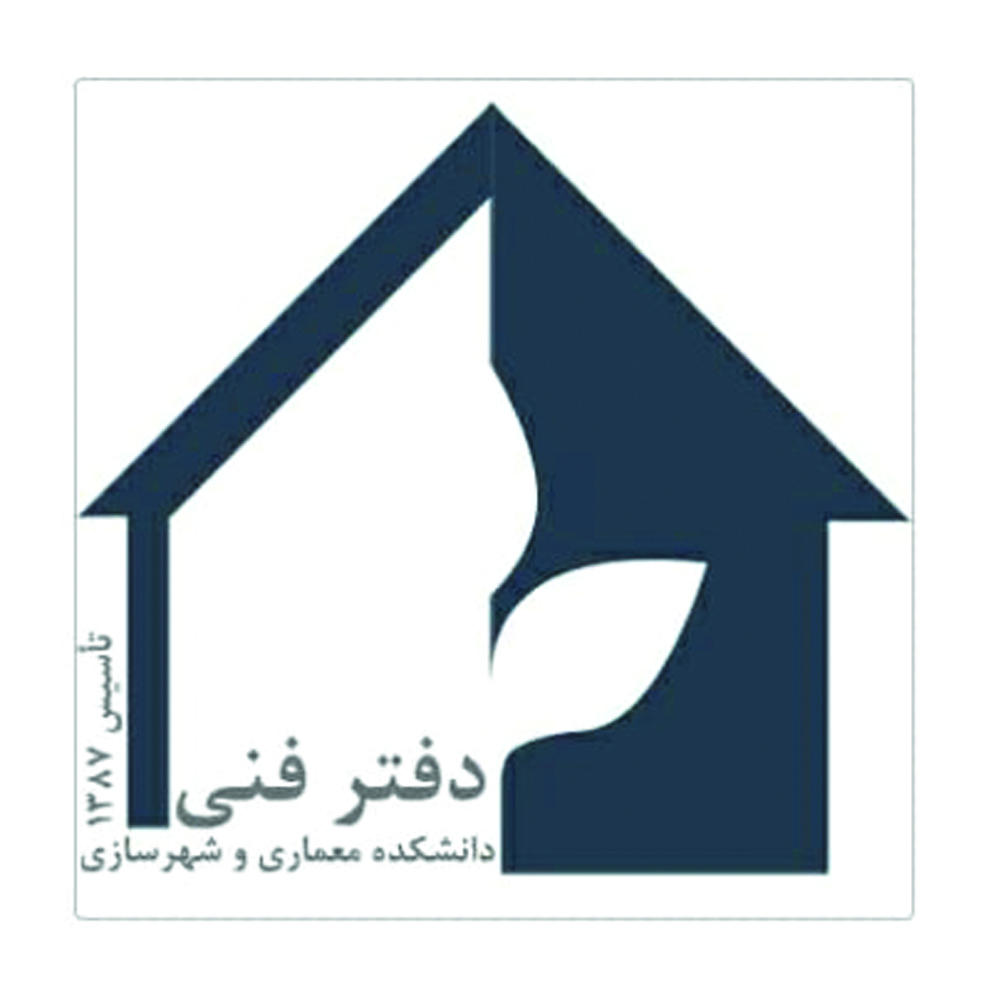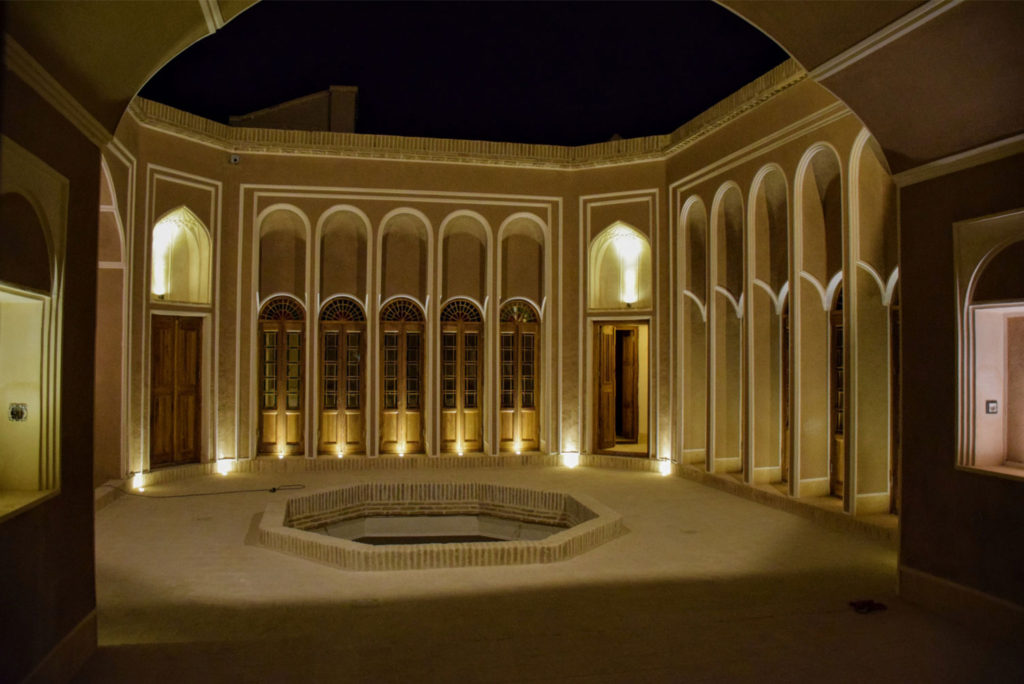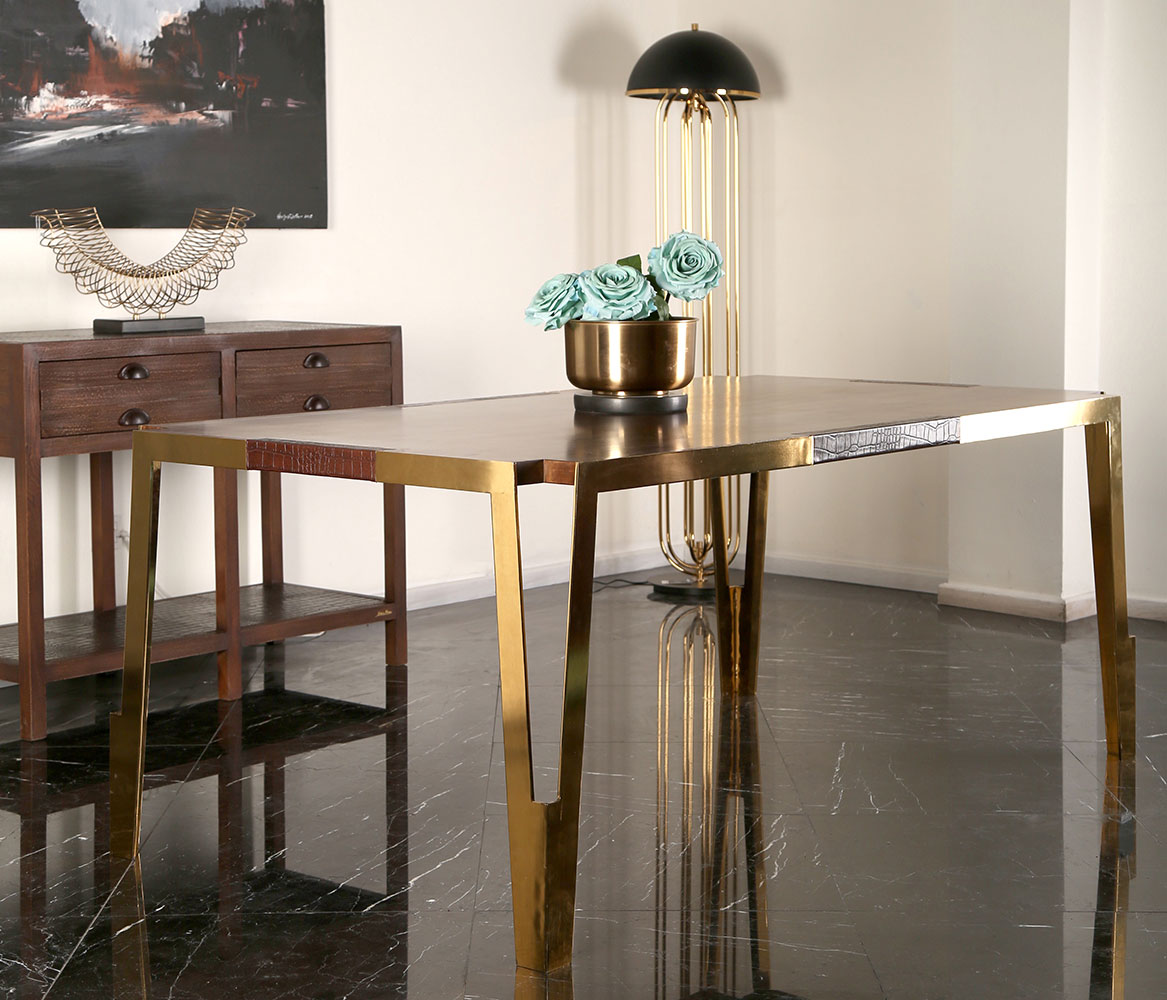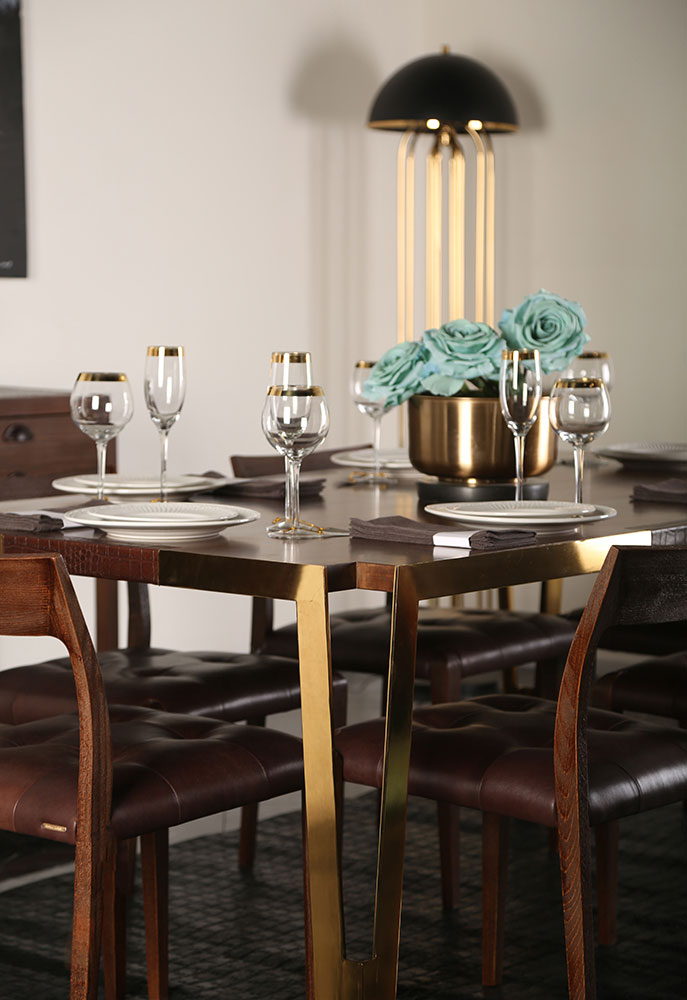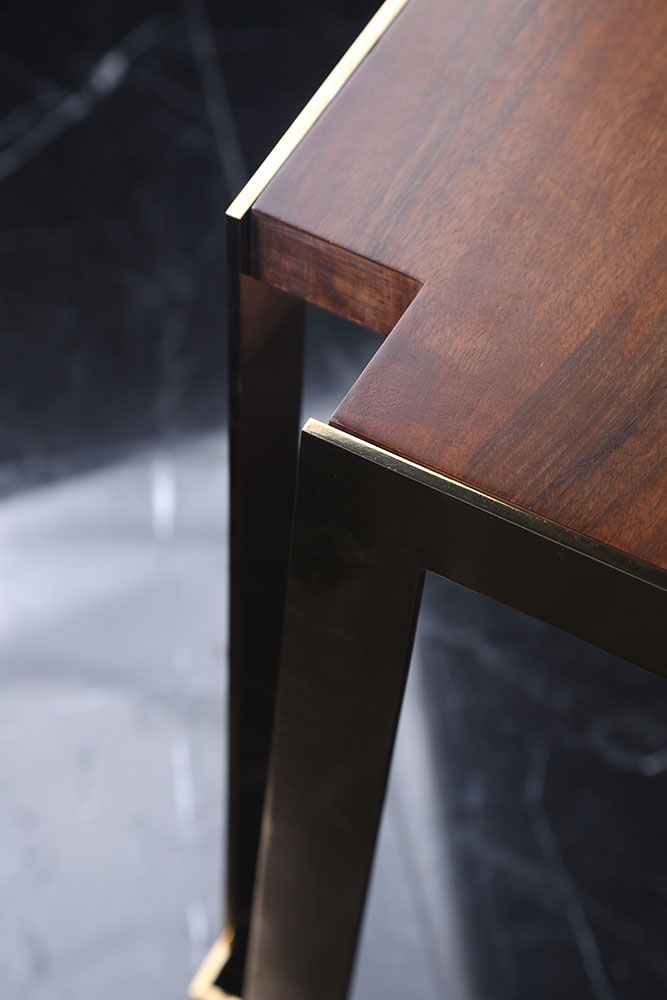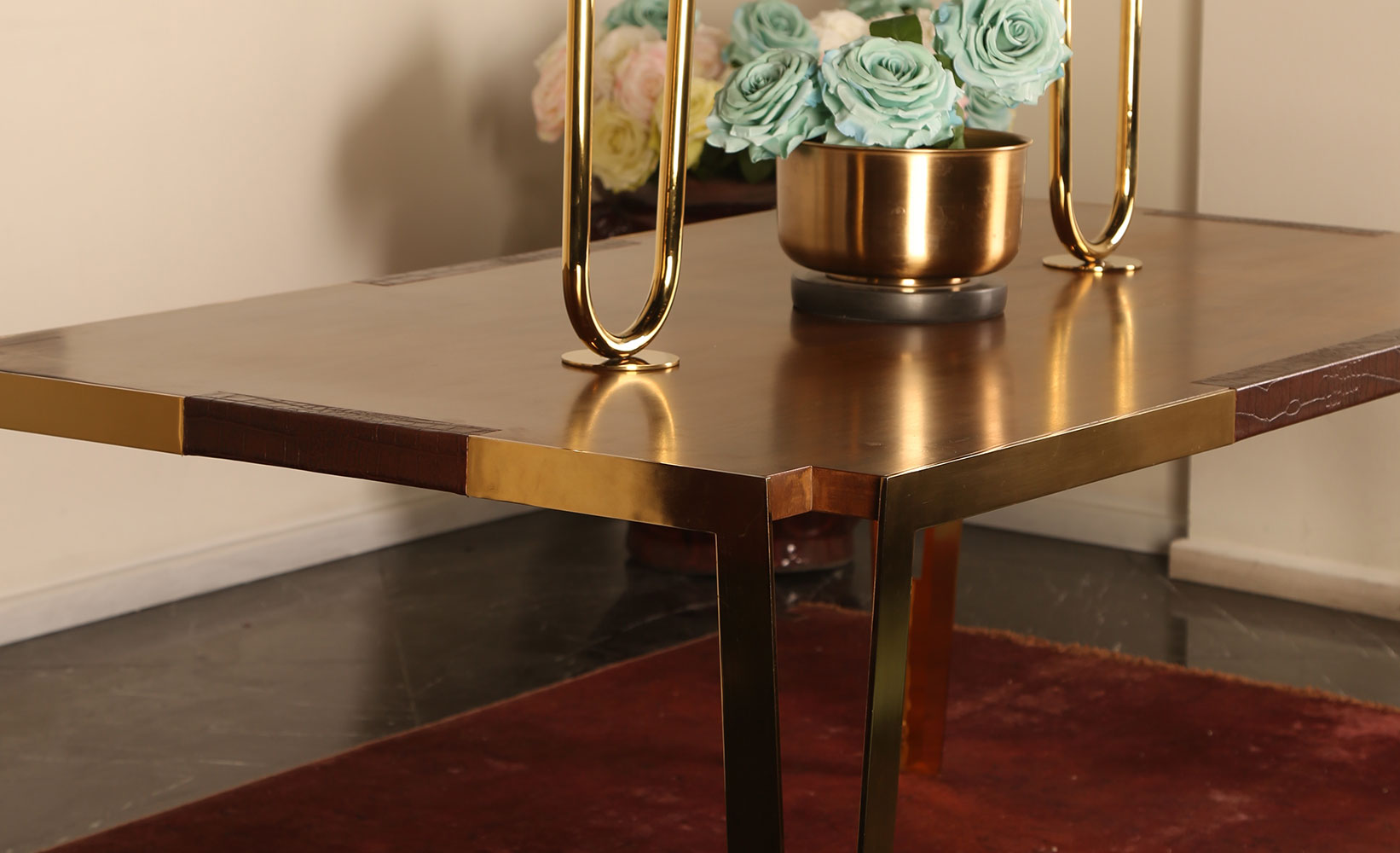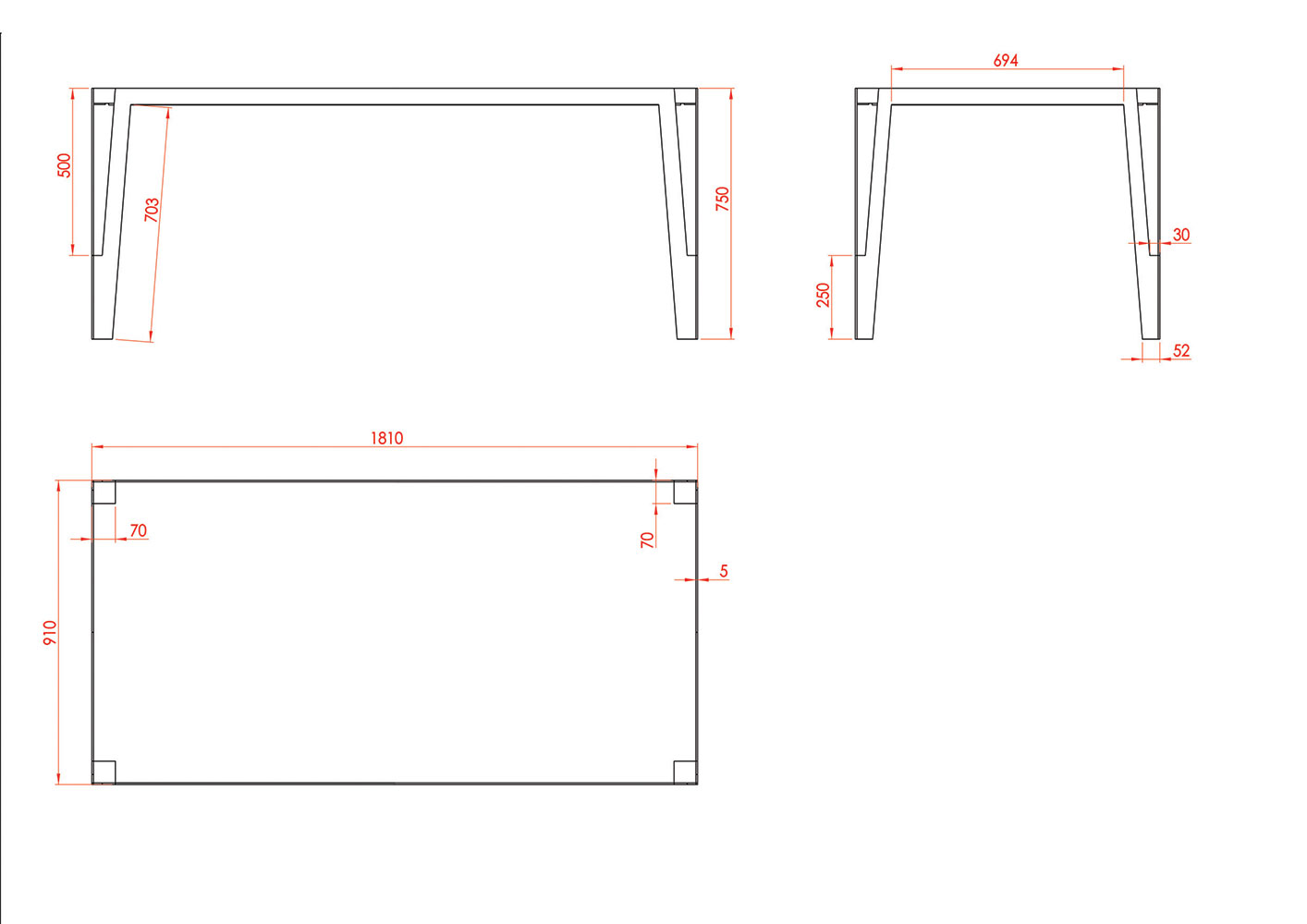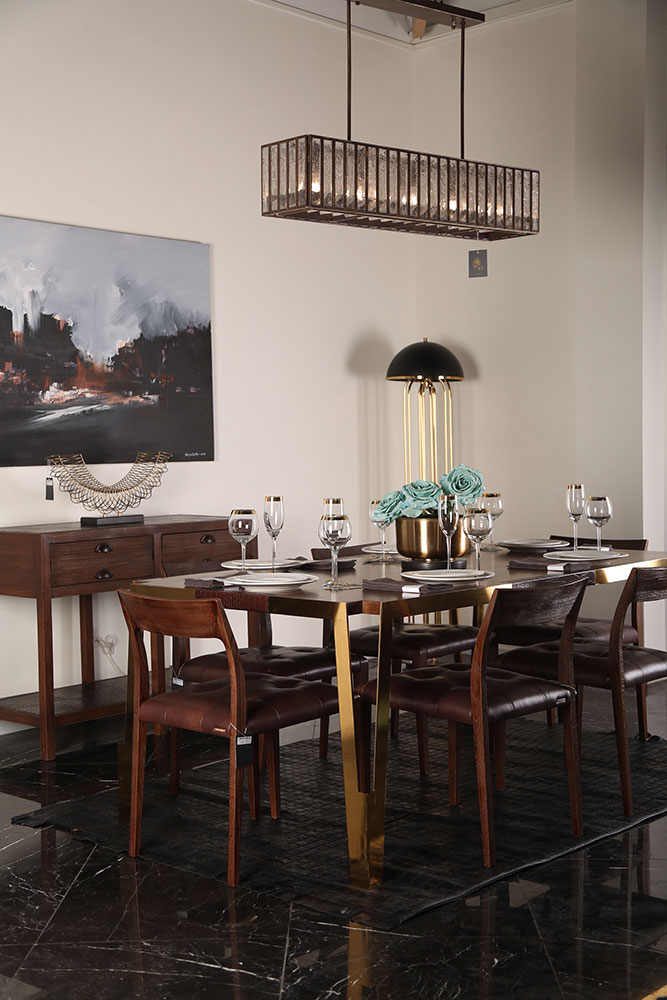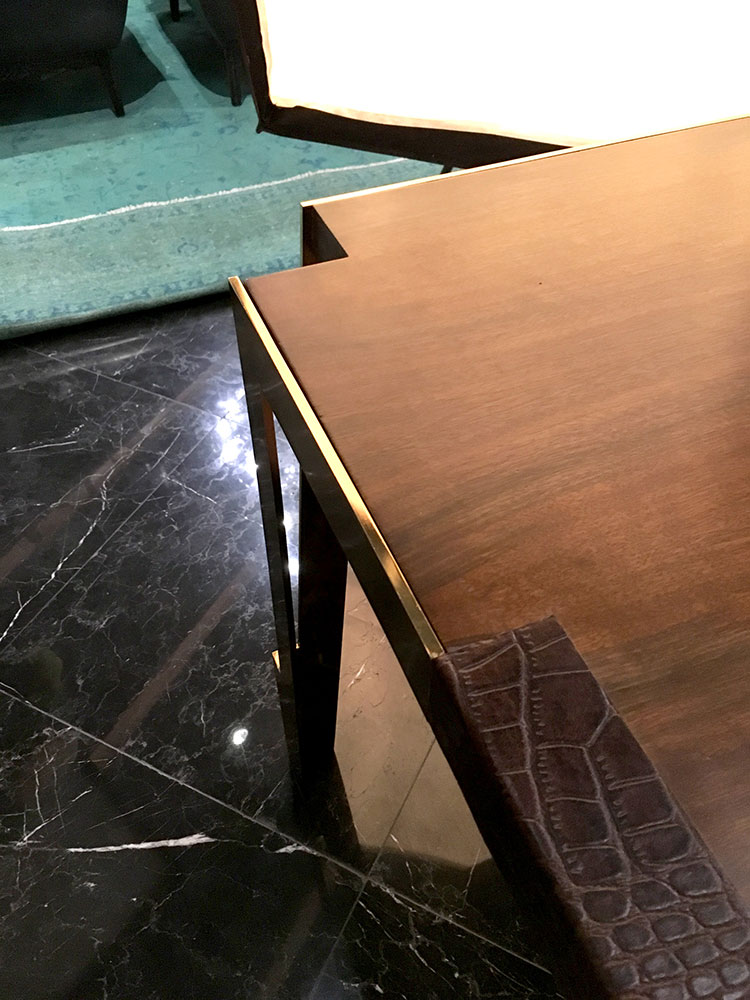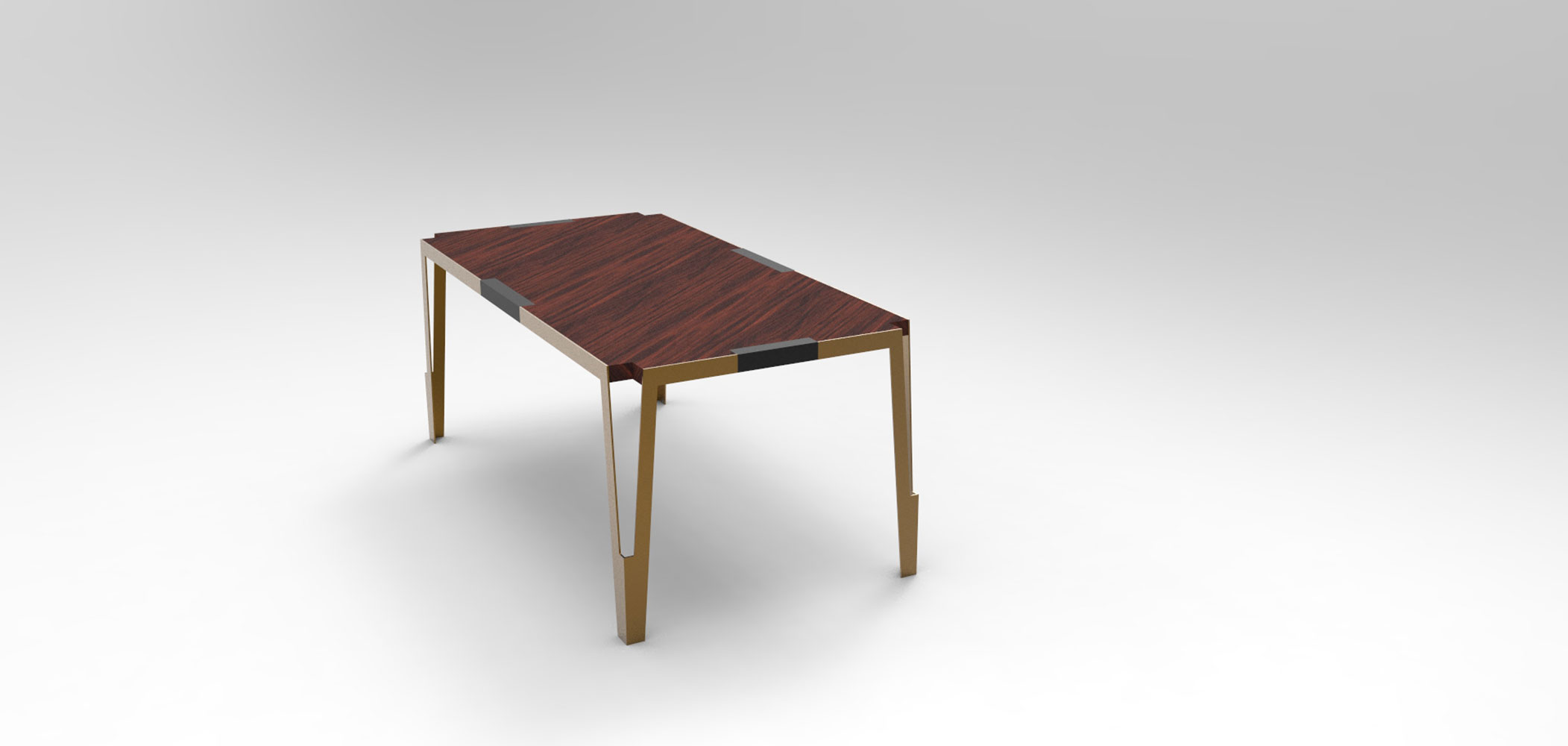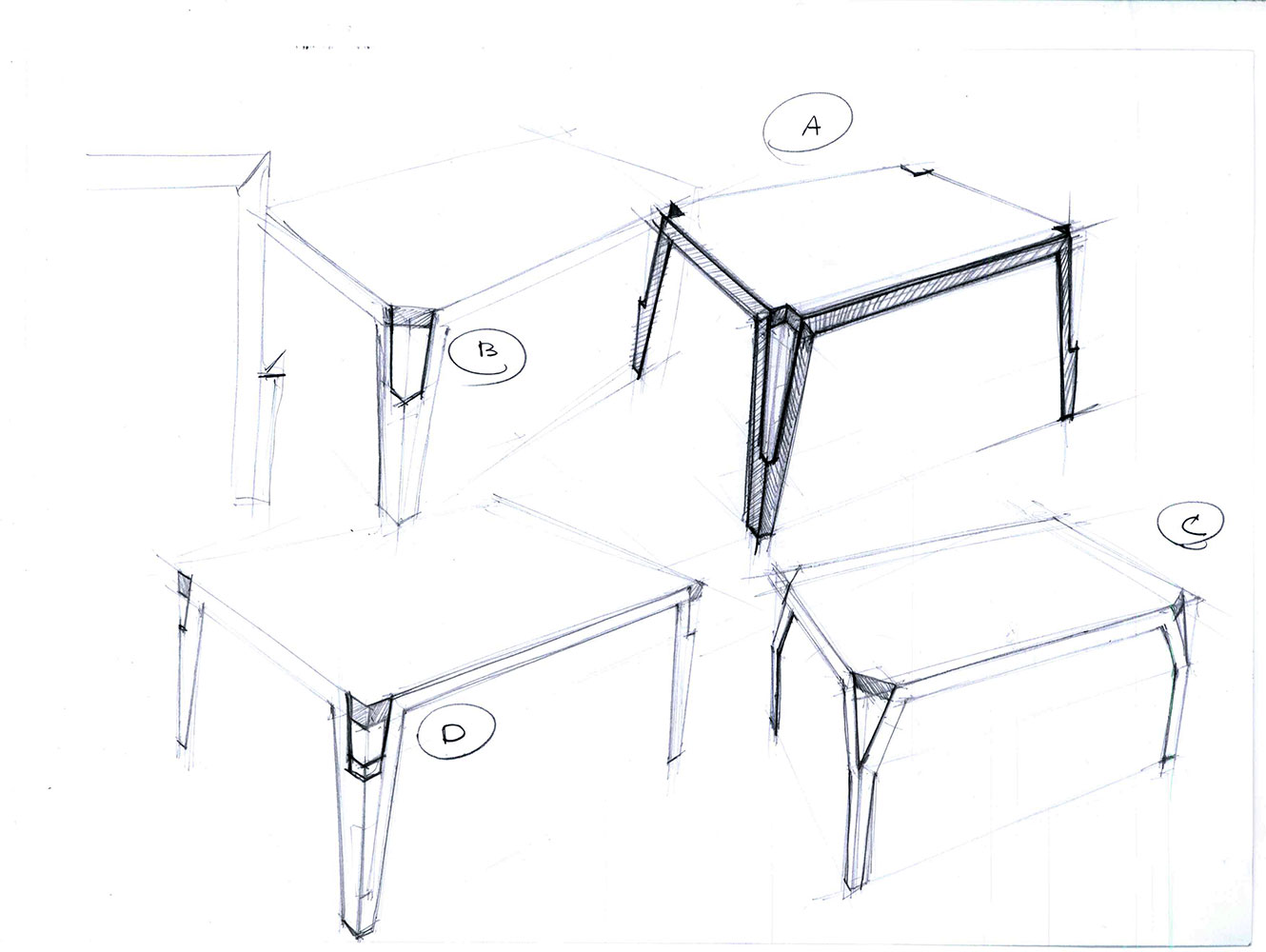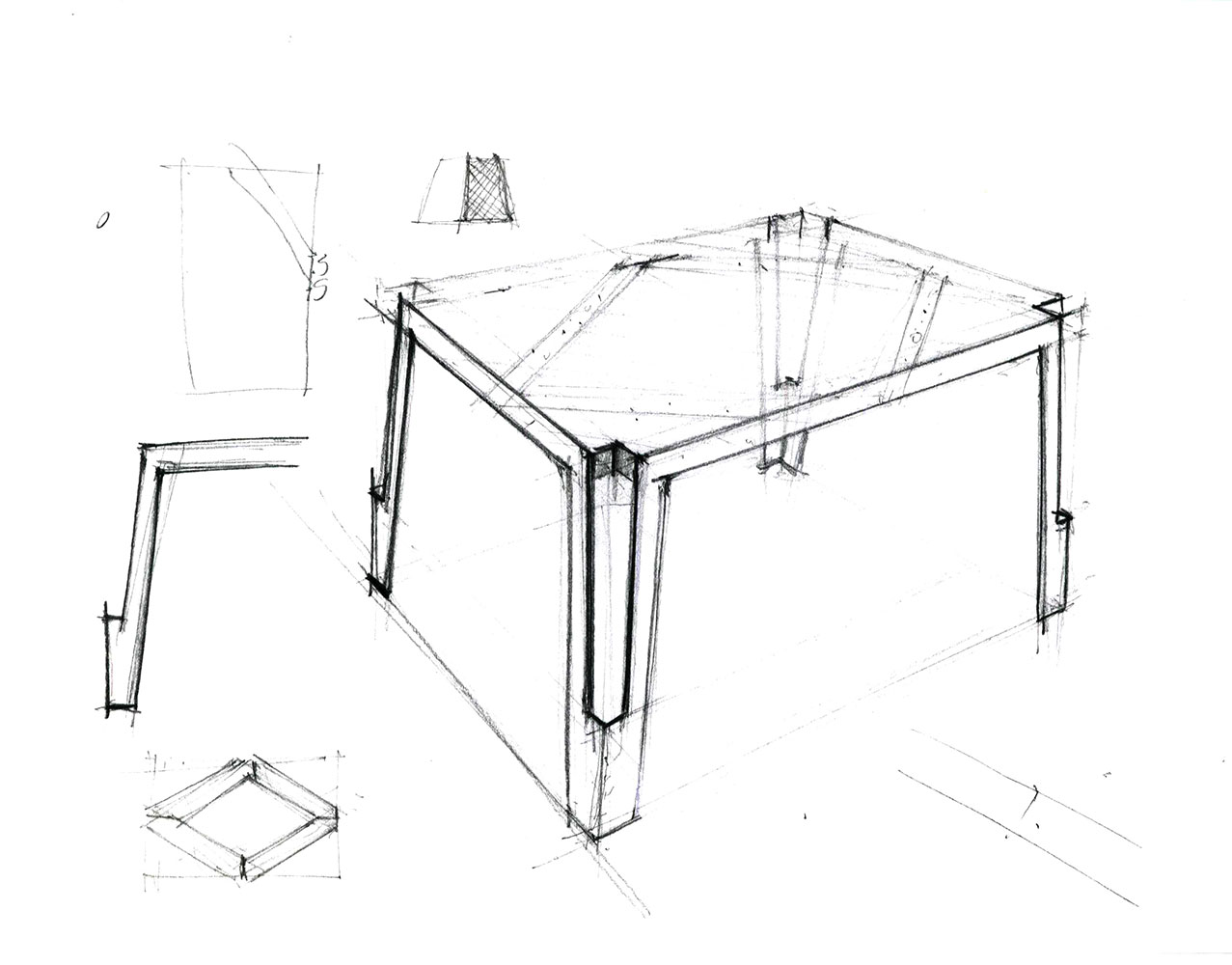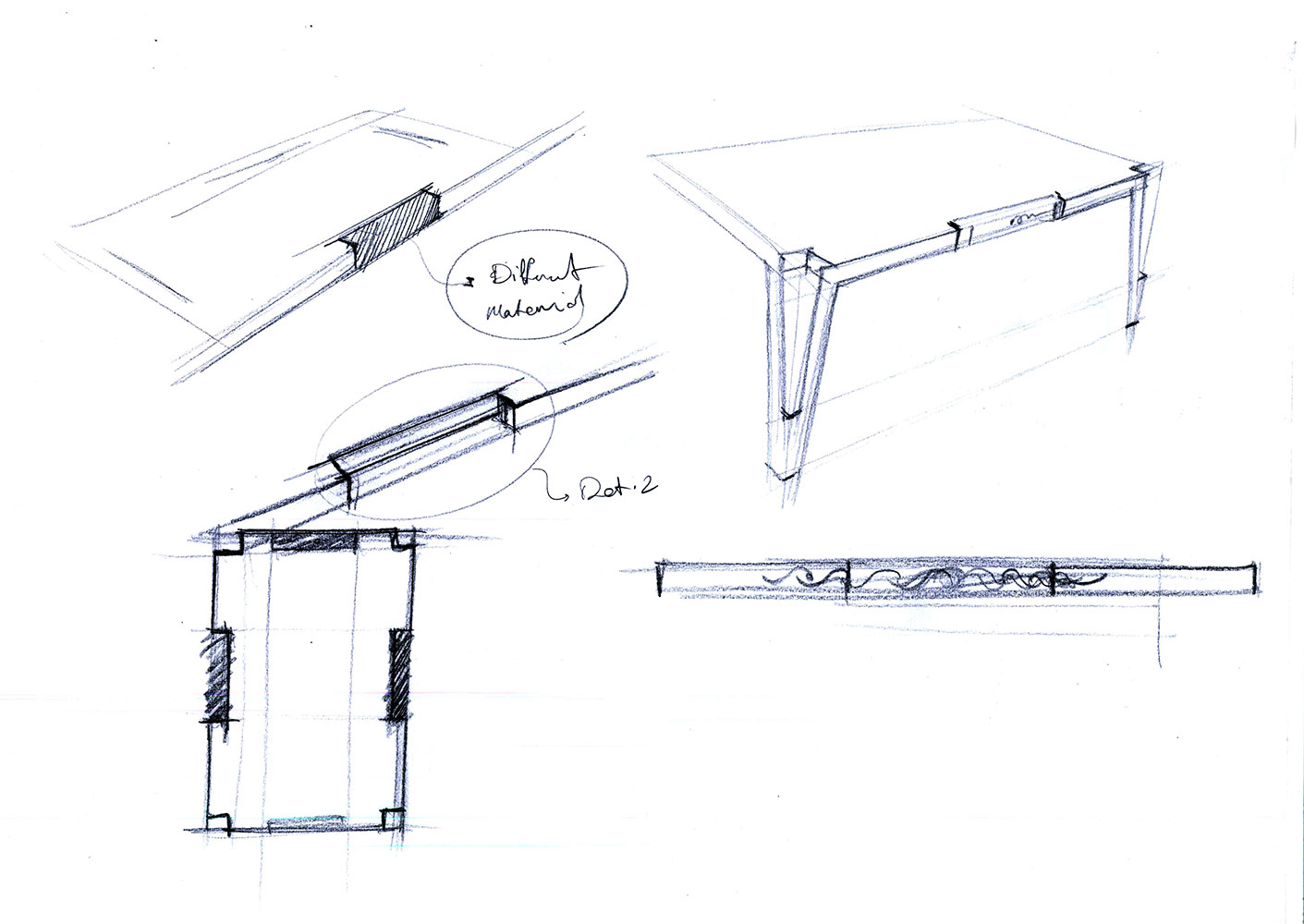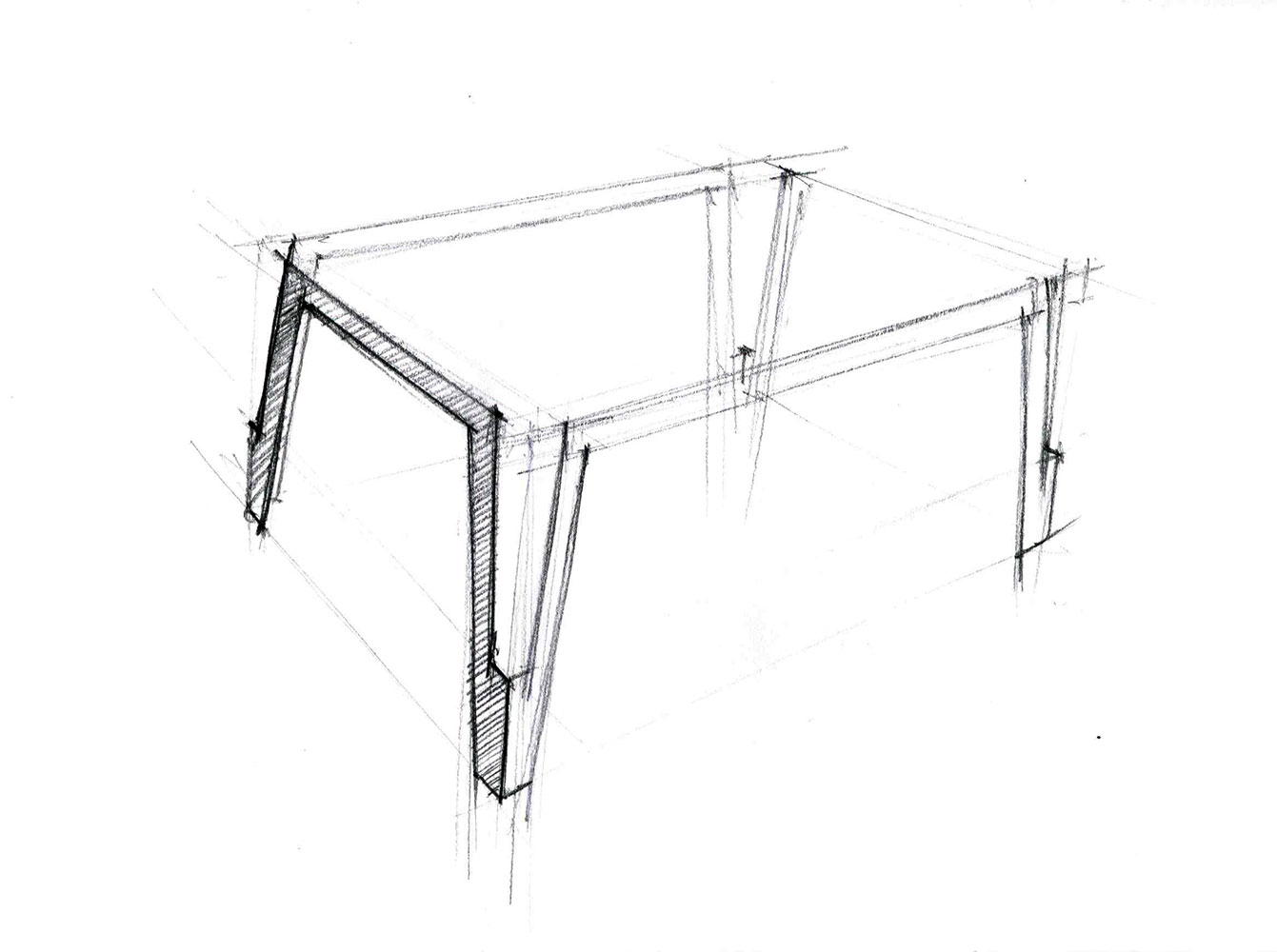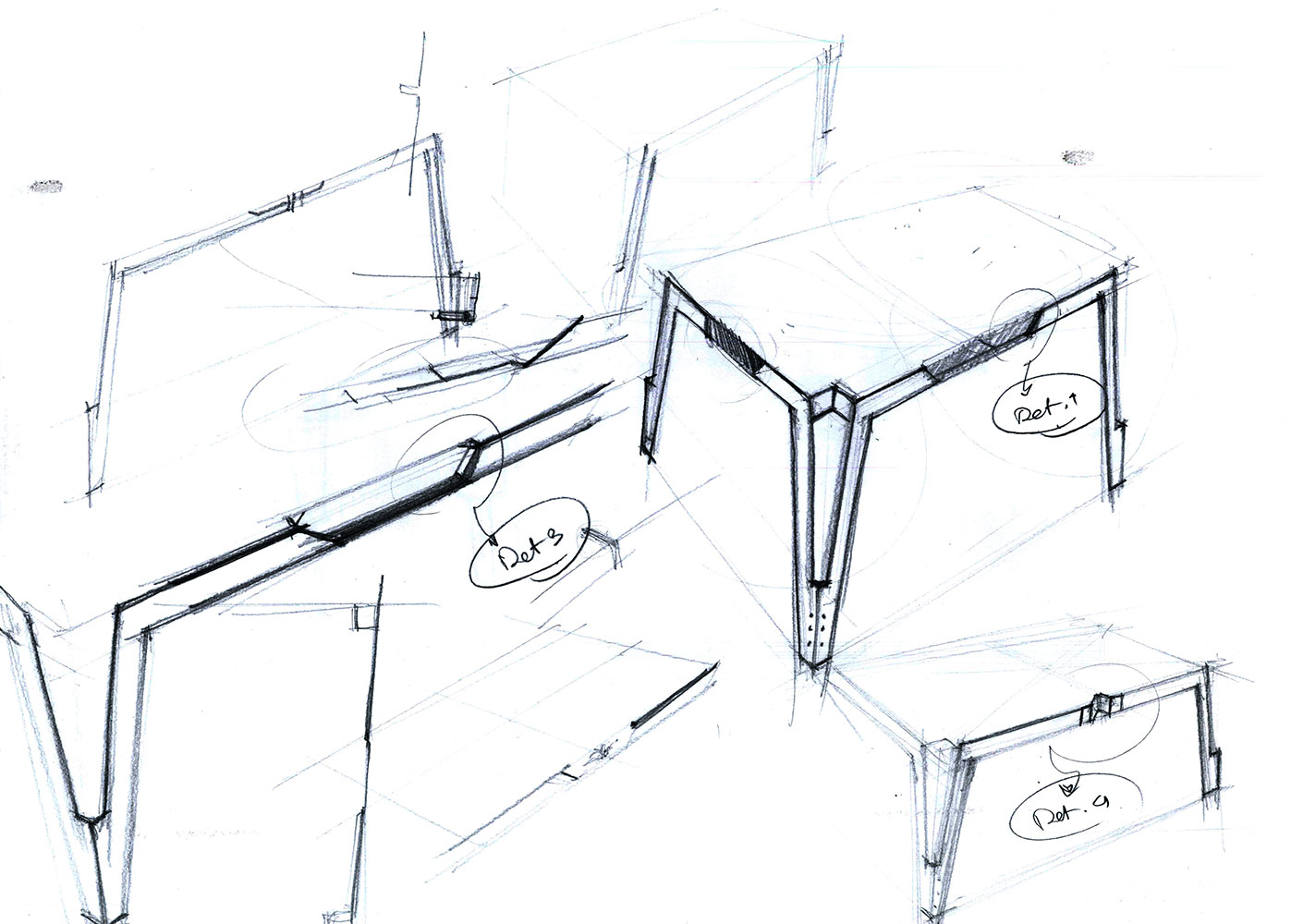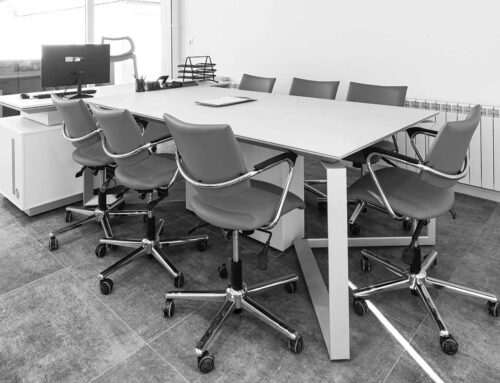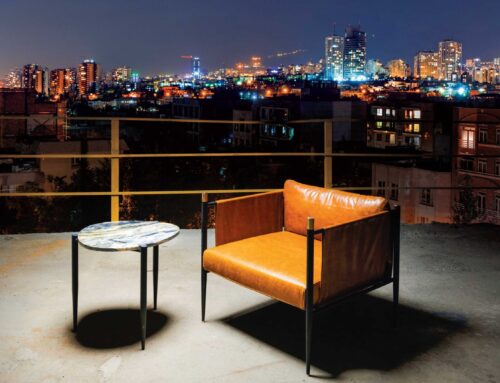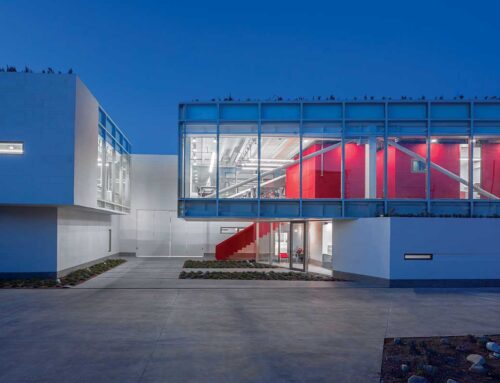مومیز ژیله مو، اثر مجید احمدی خوشبخت
رتبه نخست در دسته ابژه و مبلمان در هفتمین مسابقه طراحی داخلی ایران معاصر

خط حرکت است، ساکن نیست. استفادهی خط در دیزاین سهل و ممتنع است. خط پتانسیل بسیار زیادی در دیزاین دارد و استفادهی درست از این امکان، گاهی دشوار است. با خط میتوان سطح، حجم و فضا ساخت. خط خالصترین و واضحترین عنصر طراحی در دیزاین است. همیشه در همهی اعصار، از گذشتهی دیزاین تاکنون، از رنسانس تا پست مدرنیسم، خط نقشی قدرتمند در ایجاد فرم و فضا ایفا کرده است.
ژیله مو ماحصل تفکر اهمیت خط در دیزاین است. خط صافی که با شکست و حرکت، اثر بخشی خود را ابراز میکند. خطی که در محصول، گشتالت را و با حرکت از روی سطح به روی پایهها فرمی یکپارچه را تعریف میکند. با ایجاد فضای منفی و برش در پایهها پیچیدگی و شکل جزییات متناسب را میتوان دید. شیب پایهها باعث میشود میز از پرسپکتیوهای مختلف بواسطه خطای دید، متفاوت دیده شود. همچنین حرکت خط در پایهها فرم نهایی را از لحاظ بصری سبکتر کرده است.
ژیلهمو زاییده حرکت خط در فضاست، خطی که به عنوان نخستین اثر یک طراح میباشد.
کتاب سال معماری معاصر ایران، 1398
____________________________
عملکرد: مبلمان، طراحی صنعتی
_______________________________________
معماران اصلی: مجید احمدی خوشیخت
نام پروژه: میز ژیله مو
عملکرد: ناهار خوری
کارفرما: خانه درسا
تهیه نقشههای فاز 2: مرکز مهندسی خانه درسا
آدرس پروژه: تهران،شریعتی،بالاتر از یخچال،ساختمان خانه درسا
اجرای پروژه: خانه درسا
تاریخ طراحی: 1397
تاریخ شروع ساخت: تیر 1397
تاریخ پایان ساخت: مهر 1397
عکاسی پروژه: امیرعلی فاطمی
ZHILEH MO DESIGN FOR DORSA HOME, Majid Ahmadi Khoshbakht
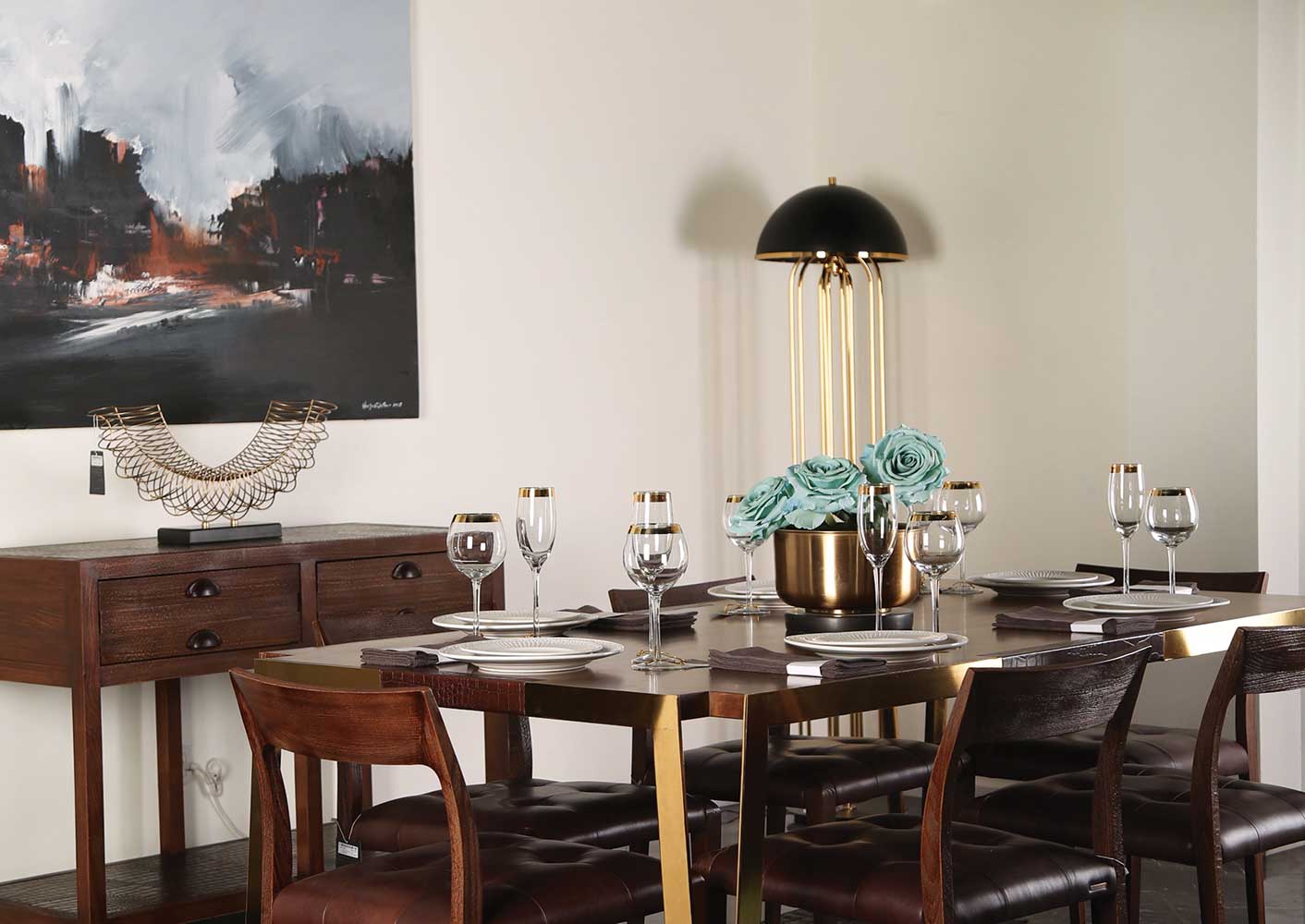
Project’s Name ـ Function: Zhileh mo, Dining Table
Office ـ Company: Dorsa Home
Lead Architect: Majid Ahmadi Khoshbakht
Design Team: Dorsa Home Design Center
Location: Dorsa Home
Client: Dorsa Home
Date: July 2018 - October 2018
Photographer: Amirali Fatemi
Website: www.dorsa.net
Email: Dhdesigncenter@dorsa.net
The line is the movement, not static. Using the line in design is impossibly simple. With the line you can build surface, volume and space. The line is the purest and clearest element in designing. From early ages, from Renaissance to Postmodernism, actually in all ages, the line has always played a powerful role in shaping form and space.
“Zhileh mo” is the result of reflecting upon the importance of the line in design: a straight line expresses its effectiveness with fraction and movement; a line that defines a consistent form in the final product, gestalt, and through moving from top to legs. Creating negative space and cutting the legs and top, make the complexity of the form and its proper details visible. Due to optical illusion the slope of the legs makes the table look different from different viewpoints. Line movement in legs has also made the final form visually lighter. A part of the overall body is cut at legs and top corners; the negative space has played a positive role in creating the form. This very void defines the connection and coordination between the top and the legs. Non-existence occasionally plays a more important role than existence. Sometimes it is the void that defines the dimension in the total volume of the product.
Sometimes the void is as importance as the full space, and even more significant than that. The purpose of the leg cut is to create an empty space, aka a negative space, rather than to serve a fully materialized space. Here the lines as positive elements serve the negative three-dimensional void.
This nothingness, this not-being, is an opportunity for the eyes to rest. Not being seen is more important than being. The void here is a better way in making the leg look lighter. The ultimate goal of the product is to see the powerful line, to create a negative space within the form, to visually lighten and to create an innovative form.
“Zhileh mo” is a dining table for tomorrow’s life.

